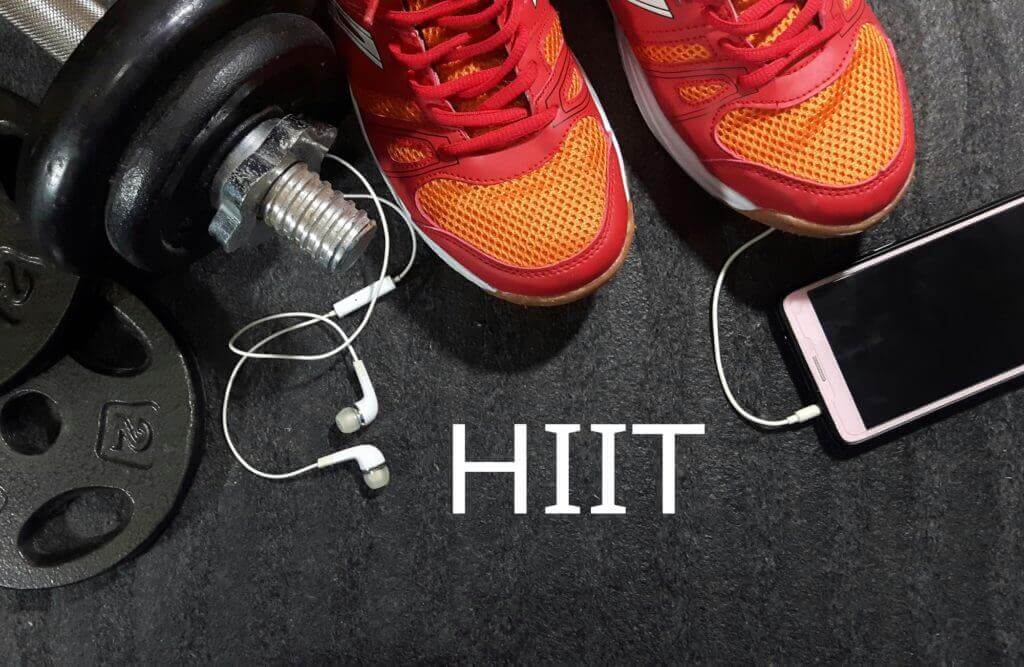High-Intensity Interval Training, or HIIT, is popular for delivering significant fitness benefits in less time. HIIT combines short bursts of intense exercise with brief rest periods, making it an efficient way to burn calories, build endurance, and enhance cardiovascular health. It’s ideal for beginners due to its flexibility—no gym or equipment required, just motivation and a small space!
Why HIIT is Great for Beginners
HIIT’s adaptability and time-efficiency make it a perfect choice for beginners. It offers a complete workout in just 15 minutes, making it ideal for those with limited time but big fitness goals. Alongside burning calories, HIIT improves cardiovascular health, boosts stamina, and tones muscles.
How HIIT Works: The Basics
HIIT relies on intervals that alternate high-intensity exercise with short recovery breaks. For instance, 30 seconds of high knees might be followed by 15 seconds of rest. Repeating this cycle for 10 to 15 minutes allows for maximum exertion and lasting fitness results.
Benefits of HIIT for Beginners
Cardiovascular Health: Boosts heart efficiency and endurance.
Enhanced Metabolism and Fat Loss: Increases calorie burn post-workout.
Muscle Strengthening: Bodyweight exercises engage multiple muscles for overall strength.
Setting Realistic Goals with HIIT
Defining goals—whether it’s weight loss, better endurance, or increased strength—can help you stay motivated. For beginners, two HIIT sessions a week is a great starting point, with room to increase frequency or intensity over time.
Key Tips Before Starting HIIT
Warm-up and Cooldown: Start with a five-minute warm-up to prevent injuries, and cool down to aid recovery.
Hydration and Attire: Stay hydrated and wear comfortable, flexible clothing.
Pace Yourself: Start slowly and focus on building stamina without overexertion.
Beginner HIIT Routine to Try
A simple beginner HIIT workout can be done in 10-15 minutes:
Warm-up (5 minutes): Light cardio, like brisk walking or marching in place.
Workout (10 minutes): Do each move for 30 seconds, with 15 seconds of rest:
Jumping jacks
Bodyweight squats
High knees
Push-ups (modified if needed)
Mountain climbers
Cooldown (5 minutes): Stretch muscles in the legs, arms, and core.
No-Equipment HIIT Exercises for Beginners
Effective bodyweight moves include:
Jumping jacks for cardio
High knees for core and legs
Bodyweight squats for lower body strength
Burpees for a full-body workout
Adding Equipment to Elevate HIIT
If desired, simple equipment can enhance a HIIT workout:
Resistance Bands: Add resistance to squats and lunges.
Light Dumbbells: Perfect for shoulder presses or bicep curls.
Jump Rope: Excellent for quick cardio intervals.
HIIT Safety Tips for Beginners
Listen to Your Body: Rest if you feel overly fatigued.
Avoid Mistakes: Don’t skip rest intervals or do consecutive HIIT sessions without rest days.
Focus on Form: Proper technique is essential for safety and effectiveness.
Modifying Exercises for Beginners
Adapt HIIT moves as needed:
Squats: Use a chair for support.
High Knees: March in place for a low-impact version.
Burpees: Skip the push-up or jump to simplify.
Sample Weekly HIIT Plan for Beginners
A simple beginner-friendly schedule might look like this:
Monday: 15-minute HIIT
Wednesday: Rest or light stretching
Friday: 15-minute HIIT
Sunday: Rest day
As endurance improves, add an extra day or extend each session.
Importance of Rest and Recovery
Rest days are vital for recovery, as HIIT is demanding on both muscles and the cardiovascular system. Listen to your body and add extra rest days if needed.
Debunking Common HIIT Myths
Myth: HIIT is Only for Advanced Athletes: HIIT can be tailored for any fitness level.
Myth: Longer HIIT Sessions are Better: HIIT’s effectiveness lies in short, intense intervals.
Tracking Progress with HIIT
Track reps, time, or endurance gains to see your progress. Celebrate each milestone, whether it’s an extra rep or faster time.
Conclusion: Start Your HIIT Journey Today
HIIT is an adaptable and effective workout option for beginners, helping with weight loss, cardio fitness, and muscle building. Remember to start slow, prioritize form, and enjoy the journey—your results will follow!
FAQs
How often should beginners do HIIT? Two to three times a week allows for effective rest and recovery.
Is bodyweight-only HIIT effective? Absolutely! Moves like squats, lunges, and push-ups work perfectly.
How will I feel after a HIIT session? You’ll likely feel winded and slightly sore, but also energized.
Are there beginner-friendly HIIT apps? Yes, apps like “7 Minute Workout” and “HIIT Timer” are easy to follow.
Can people with joint issues do HIIT? With modifications, low-impact versions can be beneficial and gentle on joints.
